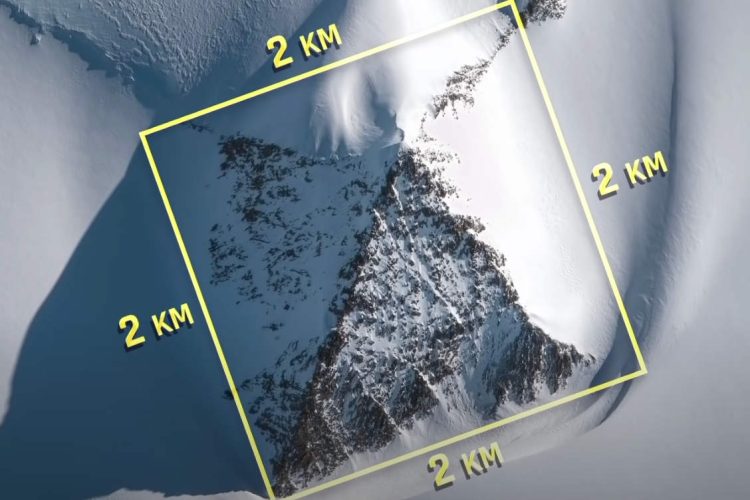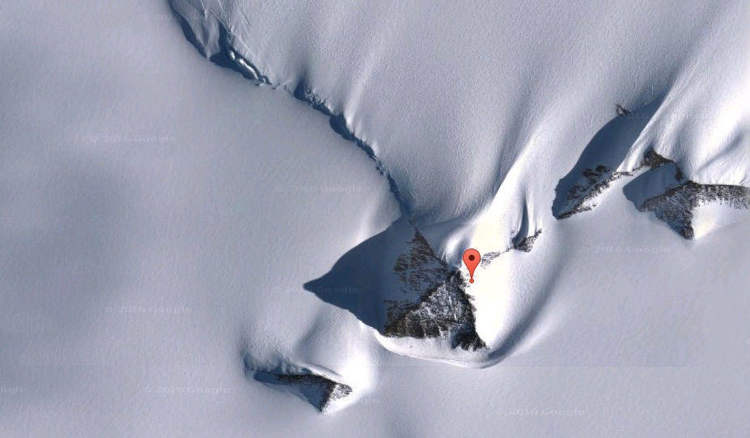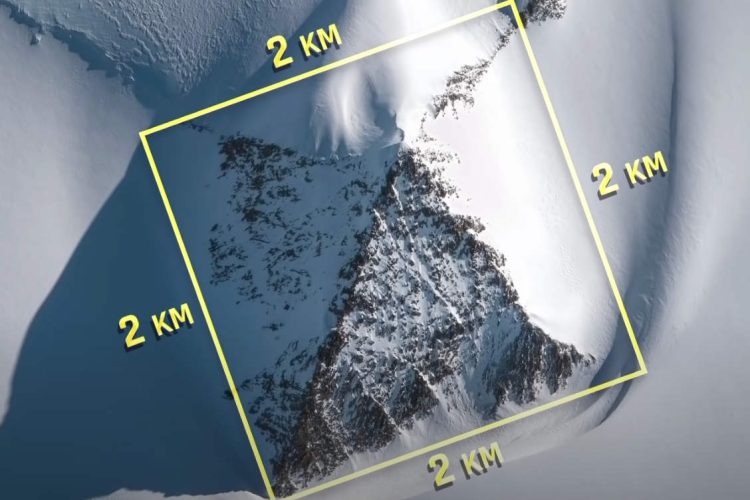A pyramid-shaped peak in Antarctica’s Ellsworth Mountain range has been fueling all sorts of conspiracy theories involving aliens and ancient civilizations for at least seven years.
Satellite images of a pyramid-shaped mountain peak in Antarctica first appeared on the internet in 2016. Measuring 2 kilometers square in each direction at its base, a design reminiscent of Egyptian pyramids, the geological structure instantly became the inspiration to all sorts of online conspiracy theories. Some claimed that it had been built by an ancient civilization 10,000 years ago when Antarctica was warm, while others said that it was the work of aliens. But while it’s true that a naturally-occurring pyramid of that size seems unlikely, geologists would tell you that this is actually just that, a mountain that happens to look like a pyramid.

“Pyramid shapes are not impossible — many peaks partially look like pyramids, but they only have one to two faces like that, rarely four,” Irvine geology professor Eric Rignot told LiveScience. “This is just a mountain that looks like a pyramid.”
The geologist went on to explain that pyramids are actually a common feature of glaciated areas known as a ‘pyramidal peaked mountain’, and that they are so-shaped by the convergence of glaciers on the sides of an existing landmass.

“It’s not a complicated shape, so it’s not a special coincidence either,” Dr Mitch Darcy, a geologist at the German Research Centre for Geosciences in Potsdam, recently confirmed. “By definition, it is a nunatak, which is simply a peak of rock sticking out above a glacier or an ice sheet. This one has the shape of a pyramid, but that doesn’t make it a human construction.”
Good luck using science to debunk online conspiracy theories, though! A story involving the ‘mysterious” pyramid of the South Pole went viral recently, using the same images that originally drew attention seven years ago. Forget the fact that there are other similarly-shaped mountains out there, like Mount Búlandstindur in Iceland, and Bordoyarnes Mountain on the Faroe Islands, there’s just no competing with ‘truthers’!













